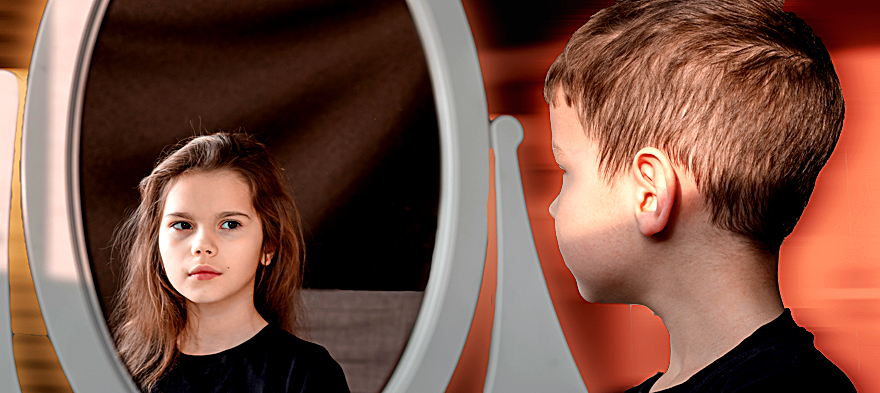
Feb 2, 2021 12:00:00 AM
J, a seven-year-old boy in my classroom, was bright and energetic, always wanting to help and always starting the day with a smile. J liked to play fashion shows, paint nails and ballet dance. The other children noticed quickly that this was not “what boys are supposed to do.” During recess, some teased him for playing the “girl games” or they snickered as J walked past them. Without even knowing it, the children in my class were sending signals that J’s identity was somehow wrong.
As an educator, my role is to support children's learning with multiple viewpoints and guide them to new understandings―to provide them with language and conversations about how girls can have short hair and boys can have long hair, for example, in the process challenging commonly held gender stereotypes. It is also my role to create safe spaces for students to learn about and be affirmed in their own identities. As a queer LatinX teacher, I want my students to see people like me in books and on posters. I also need a safe place to be me and to have language to express who I am.
To do this, [pullquote]I create mirrors for my students so they all feel welcome.[/pullquote] Mirrors are objects or experiences that allow students to see people like themselves. We think about the pictures we put on our walls, the identities of the characters in the books in our classroom libraries, and art supplies featuring different skin-tone-color construction paper and crayons. We do this so that all students have a chance to see themselves and have different parts of their identities affirmed. I share books with my students that show pictures of children with dark skin, light skin, curly hair, and straight hair and share different cultural celebrations and foods. Still, these books don’t affirm everybody. J needed to see his mirror just like all other children in my classroom.
In 2017, San Antonio ISD (SAISD) added sexual orientation, gender identity, and gender expression to its nondiscrimination policies for students and teachers. Despite this guidance, many campus administrators and district officials have determined these topics too controversial for discussions in elementary classrooms. As a result, we are causing harm to children’s social and emotional learning, and denying students a safe environment to be and see themselves harms their academic engagement in the classroom as well.
Instead, we should focus on the curriculum and content that teach about and affirm the identity and history of our marginalized communities. [pullquote]We need to provide gender identity-affirming mirrors in classrooms for our youngest learners and empower them to use their voice.[/pullquote] That is our strongest tool on the path to building a future where all kids and adults alike have the freedom to show up as their true selves and be respected in any space.
In my classroom, I discuss topics around personal identity. We read books about activists and dreamers, like those in "The Story of Ruby Bridges" by Robert Coles, "I Dissent: Ruth Bader Ginsberg Makes Her Mark" by Debbie Levy, and "Hidden Figures: The True Story of Four Black Women and the Space Race" by Margot Lee Shetterly, who didn’t let societal pressures keep them from success. I talk about putting identity in the center of building a better future―with J and so many others in my school community. In order to do this, our district must promote and provide training so that elementary school teachers can teach about gender identities, gender expressions, and the LGBTQ+ movement. J and all students deserve nothing less.
Claire Romano teaches lower elementary at Steele Montessori Academy in San Antonio, Texas. She is a 2020-21 Teach Plus Texas Policy Fellow.
Few issues in education spark more tension and debate than standardized testing. Are they a tool for equity or a burden on students? A necessary check on school systems or a flawed measure of...
Charter schools are public schools with a purpose. Operating independently from traditional school districts, they're tuition-free, open to all students, and publicly funded—but with more flexibility...
Despite the benefits of a diverse teaching force, prospective teachers of color fall out of our leaky preparation pipeline at every stage: preparation, hiring, induction, and retention. Here’s what...
Ed Post is the flagship website platform of brightbeam, a 501(c3) network of education activists and influencers demanding a better education and a brighter future for every child.
© 2020-2025 brightbeam. All rights reserved.
Leave a Comment